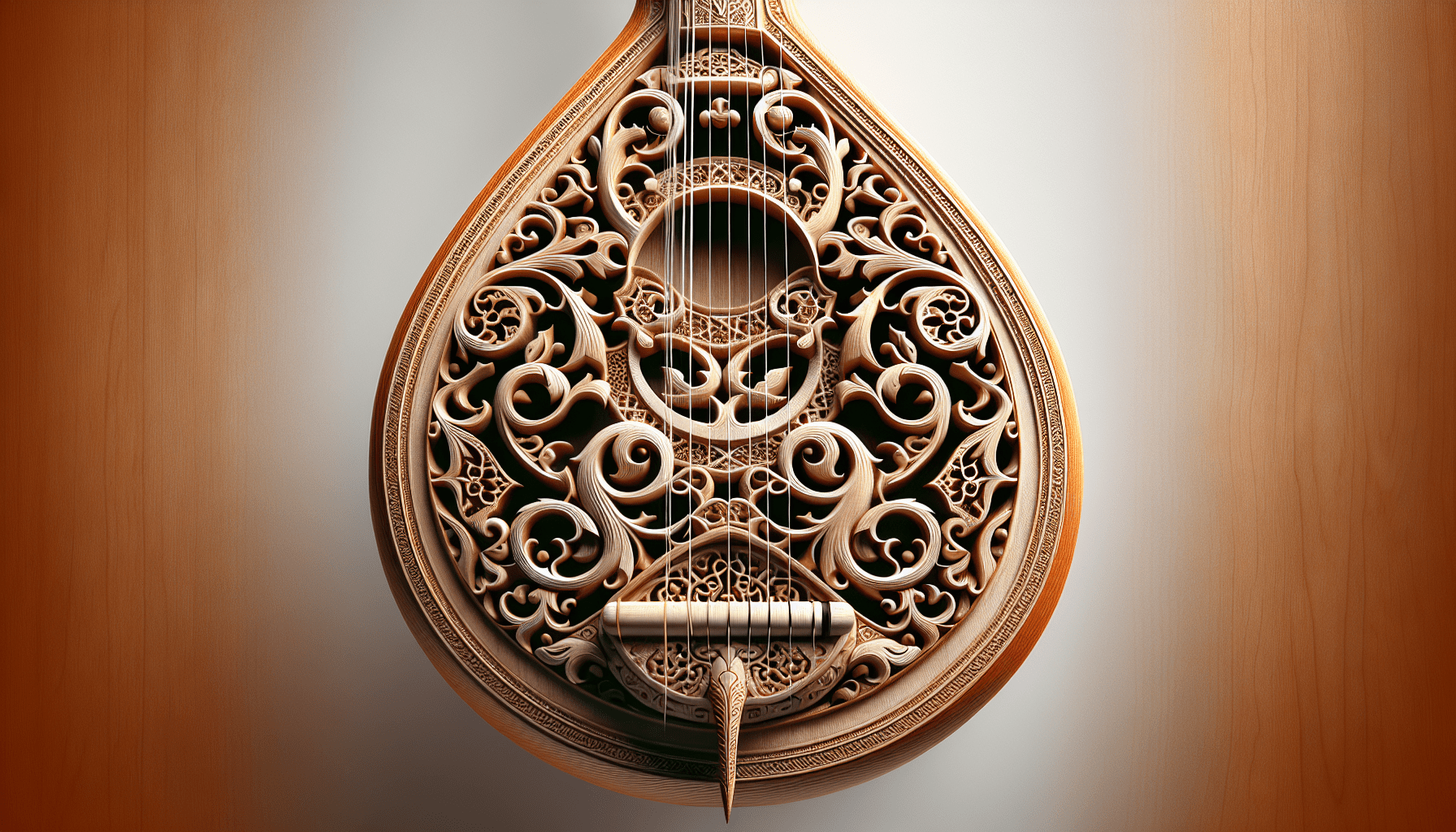Welcome to the exciting world of traditional Turkish music! In recent years, there has been a wonderful resurgence in the popularity and appreciation of traditional Turkish instruments. From the soulful sound of the ney to the intricate melodies of the bağlama, these instruments are capturing the hearts of music enthusiasts around the world. Join us on a journey as we explore the rich history and beautiful craftsmanship behind the revival of traditional Turkish instruments. Have you ever wondered about the fascinating world of traditional Turkish instruments? If so, you’re in for a treat! In this article, we will dive deep into the revival of these unique musical tools that have been an integral part of Turkey’s rich cultural heritage for centuries. Get ready to explore the enchanting sounds and histories behind some of Turkey’s most iconic instruments. Let’s embark on this musical journey together!

